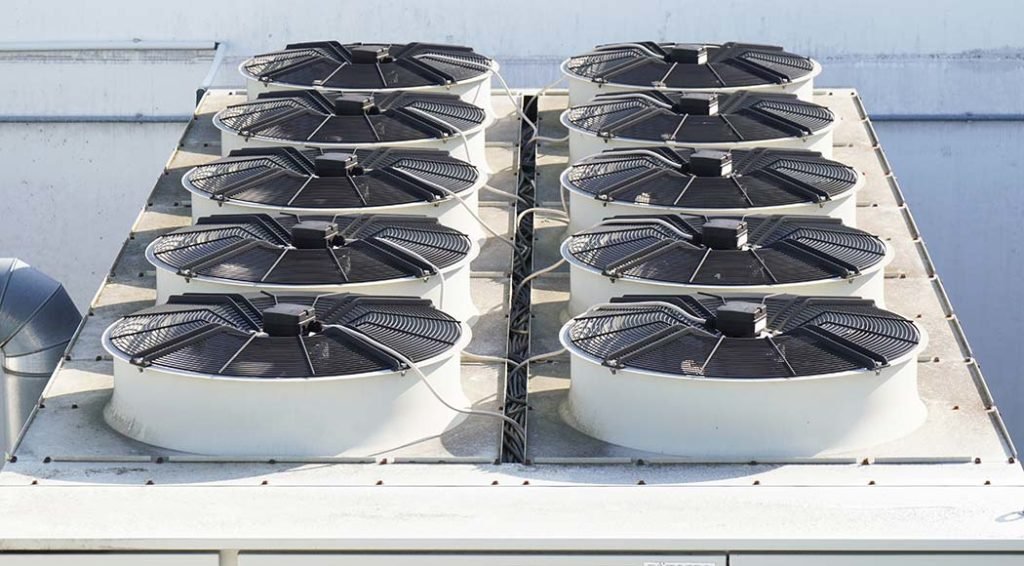Breathing deep thanks to UV sterilisation technology
What would Sir Isaac Newton think if he could see the advancements made in reflective technologies since his use of a tin and copper alloy for the objective mirror in his first reflecting telescope? Over 350 years later, reflector technologies are ensuring a brighter future in many applications, including UV air sterilisation systems.
UV sterilisation
UV light has long been used in heating and ventilation (HVAC) systems. Invisible to the human eye, short wavelength UV radiation (200-300 nm) are deadly to both bacteria and viruses, breaking the DNA and RNA bonds of bacteria, protozoa, and viruses 1,2, leading to the eventual inactivation of the microorganisms.
Improving HVAC efficiency
High-power UV systems are used in HVAC ducts and on evaporator coils, as highly efficient ways to prevent microbial growth. Left unchecked, even a biofilm layer that is only 0.5 mm thick can, on cooling coils, impede the smooth flow of air and reduce the efficiency of heat transfer by more than 20 percent.
UV light and health and safety
Microbial growth can also have health and safety implications in HVAC systems. According to recent research on the transmission of SARS-CoV-2 (the virus that causes coronavirus) published in The Lancet3: “growing evidence has highlighted that infective microdroplets are small enough to remain suspended in the air and expose individuals at distances beyond 2 m from an infected person… in enclosed spaces with poor ventilation, and typically with extended exposure to an infected person of more than 30 min.” It is no wonder therefore that a growing number of building owners are integrating UV sterilisation technology into their HVAC systems, or installing standalone units in high-risk areas.
Reflective technologies improve performance
Designers of UV air sterilisation systems need to maximise the probability of a UV photon interacting with – and neutralising – a bacterial cell or virus particle. Through the use of filters upstream, removing larger particles of dust and dirt, and efficient reflectors directing light evenly throughout the air volume being treated, multiple chances are created for UV photons to hit their target.
Although conventional anodised aluminium surfaces reflect more than 80% of incident light at UV wavelengths, Alanod has developed a surface preparation approach to finetune the performance of the surface layer of aluminium. The end result is MIRO® UV C, that is designed to deliver a peak of well over 90% at the 250nm wavelength.
Why not find out more about how MIRO® UV could take your UV air sterilisation systems to the next level?

[1] Adams RLP, Knowler JT, Leader DP. 1986. The biochemistry of the nucleic acids, 10th ed. Chapman and Hall, New York, NY
[2] Cadet J, Anselmino C, Douki T, Voituriez L. 1992. Photochemistry of nucleic acids. J Photochem Photobiol B Biol 15:277–298. doi:10.1016/1011-1344(92)85135-H.
[3] https://www.thelancet.com/journals/lanres/article/PIIS2213-2600(20)30514-2/fulltext

